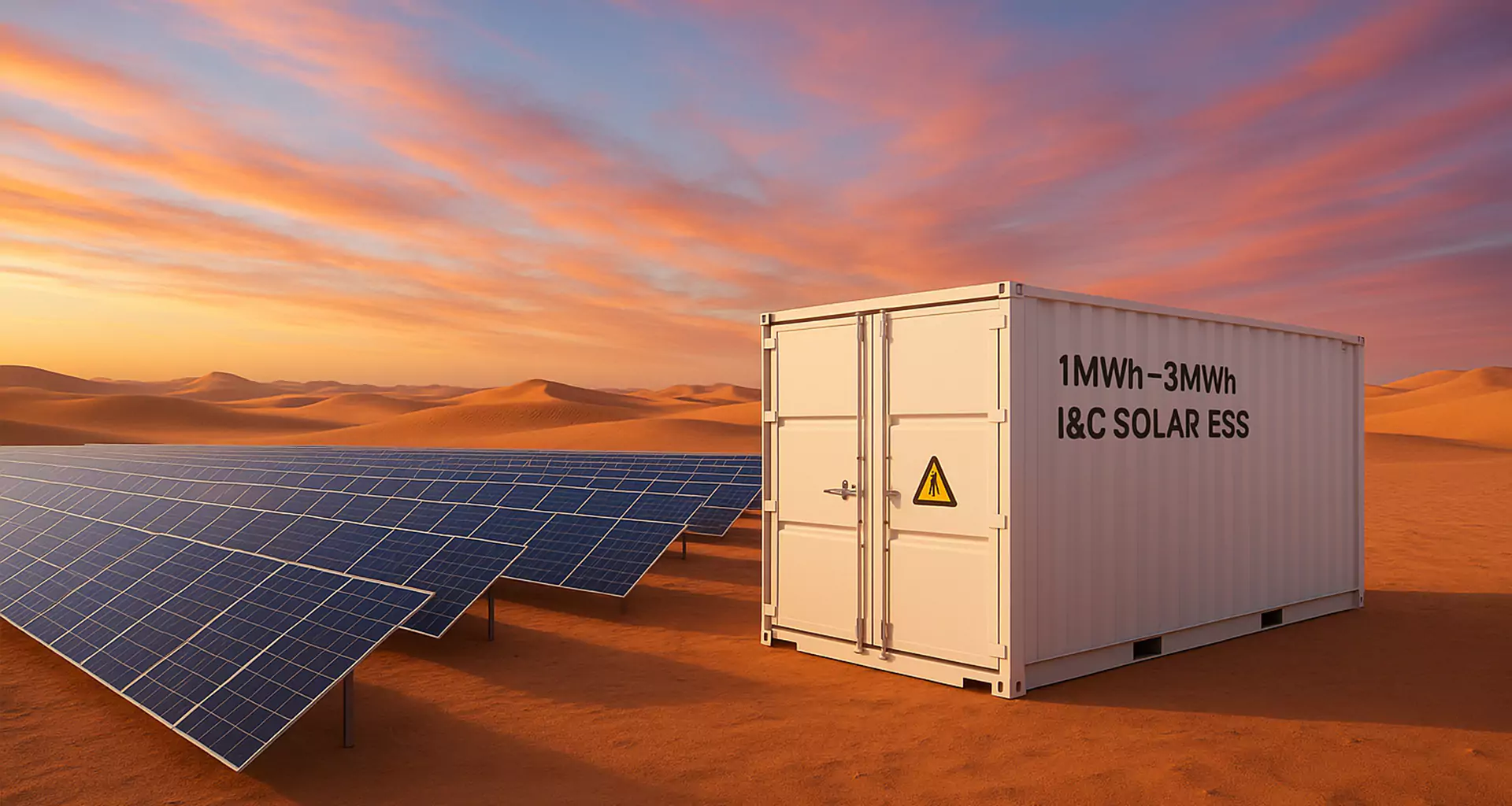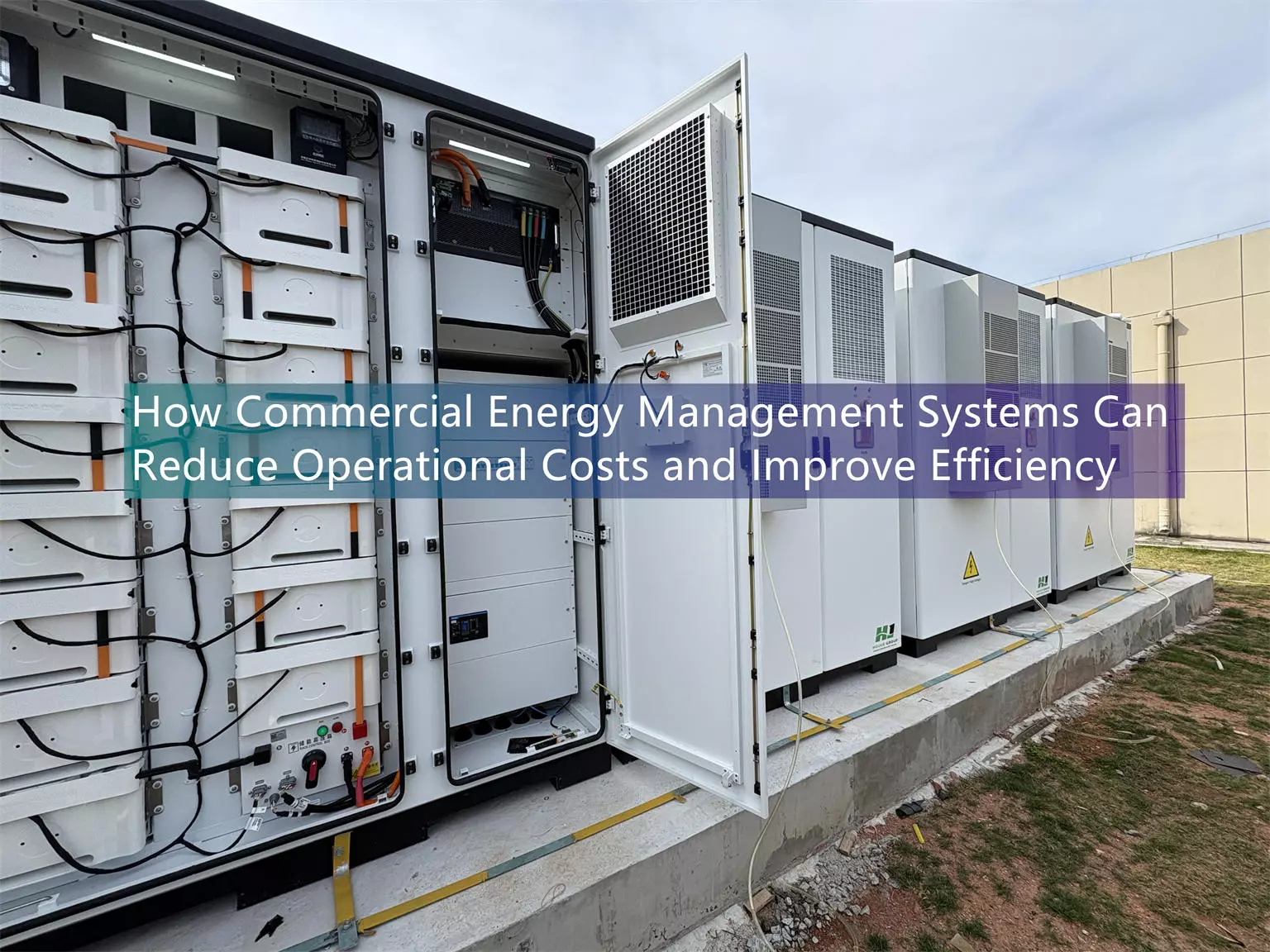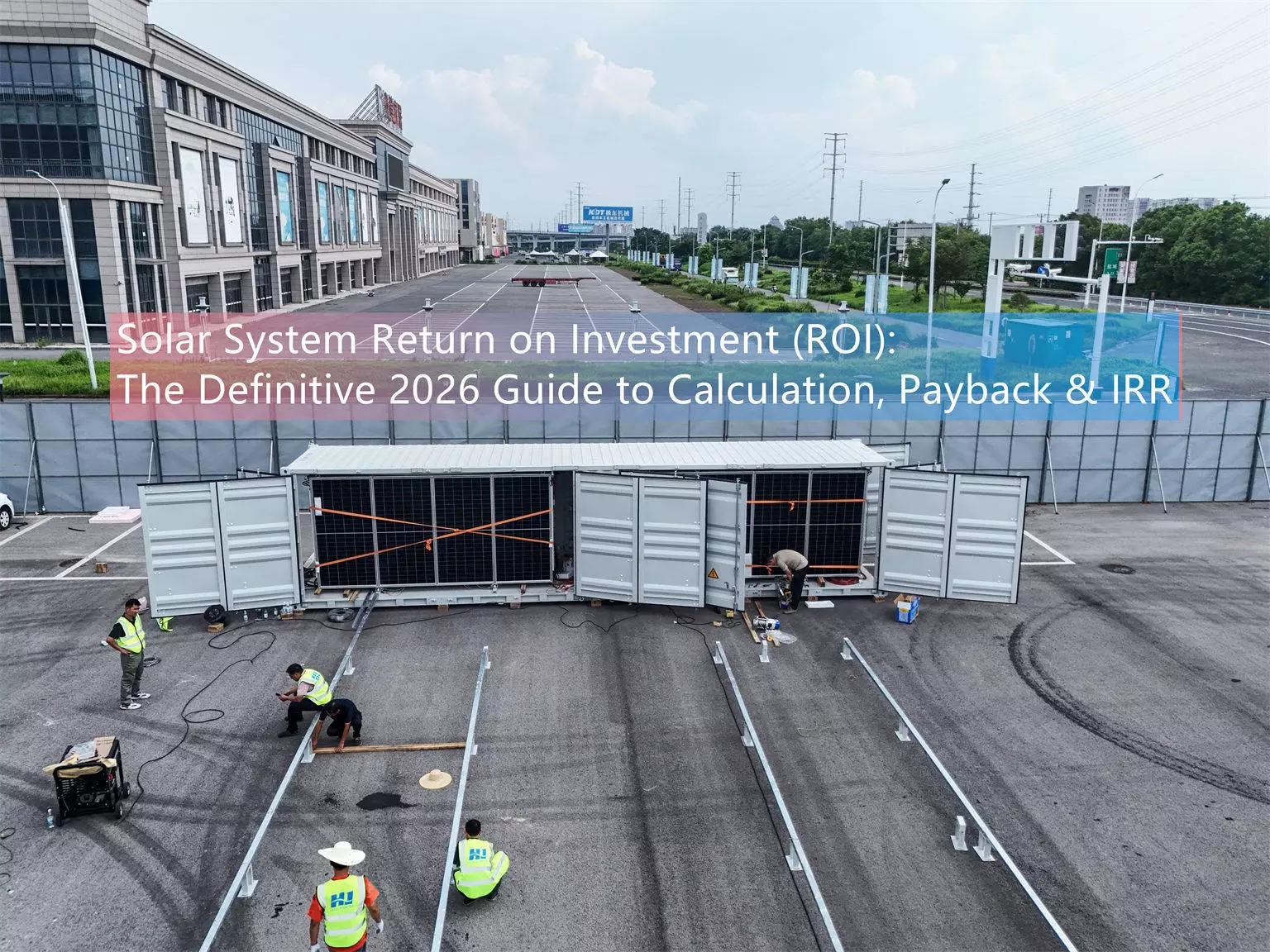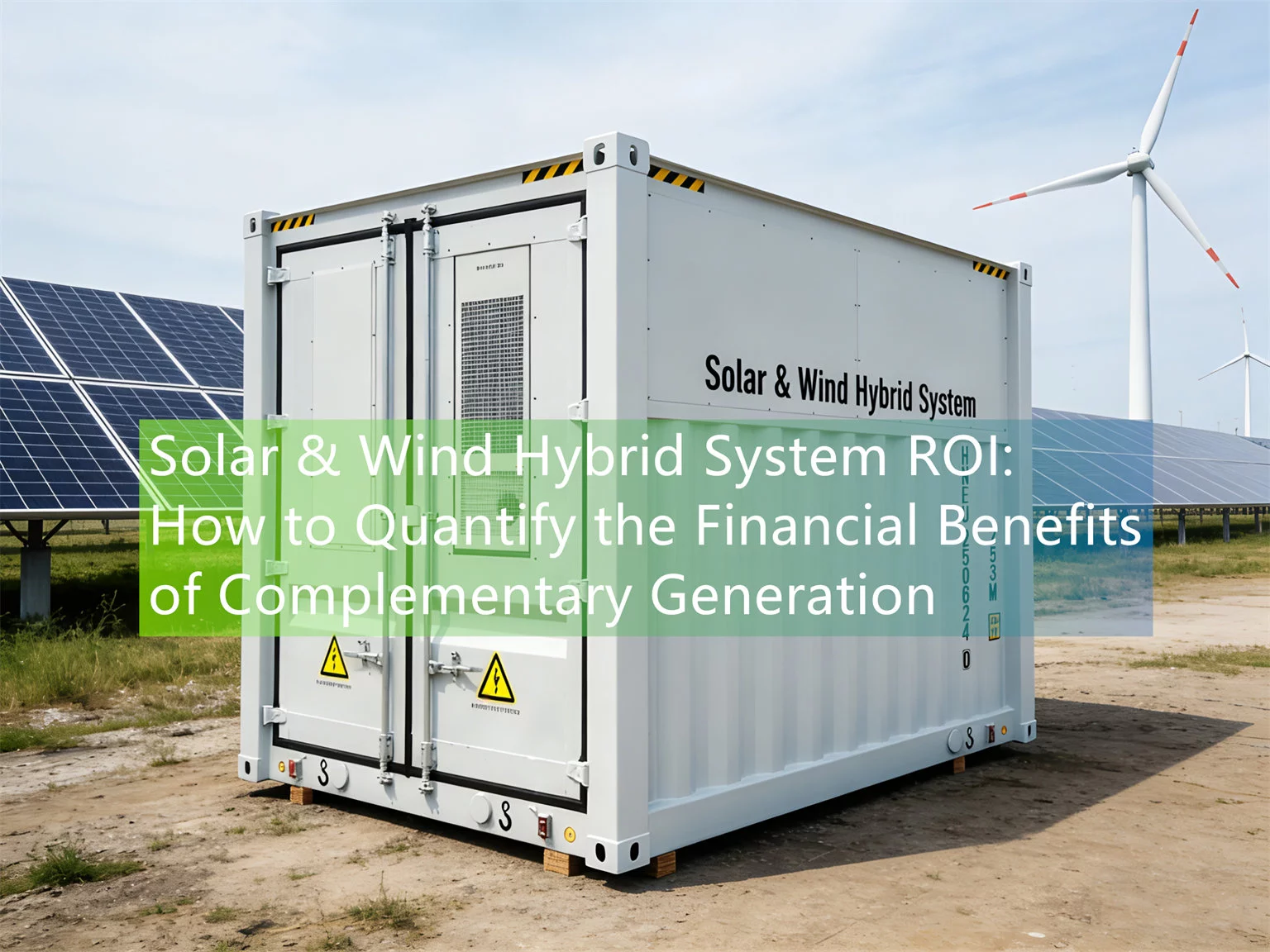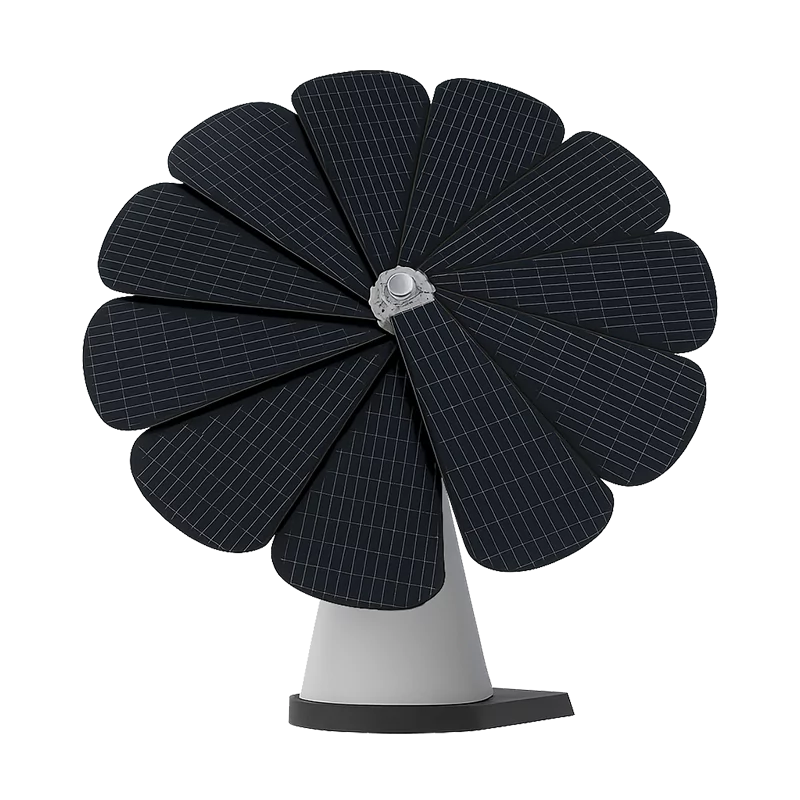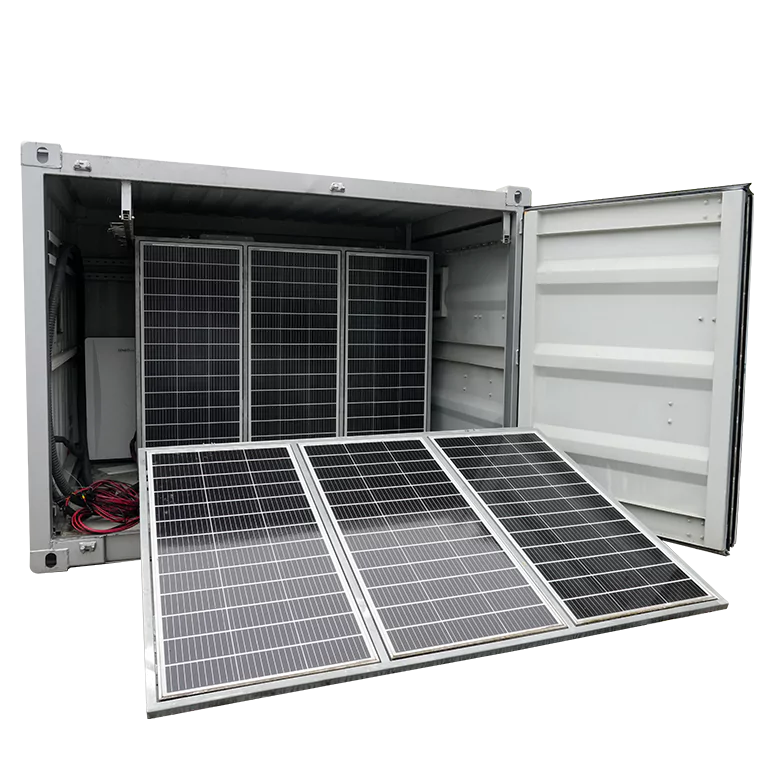Why is Xinjiang so important for China’s energy strategy?
Recently, news broke that Xinjiang is seeing a wave of high-end hotel investments. Hilton is opening new projects in Kuqa, Changji, and Korla. Tourism is booming. Roads, railways, and industries are upgrading fast. But beyond tourism, Xinjiang holds a unique place in China’s energy map. Let’s break it down.
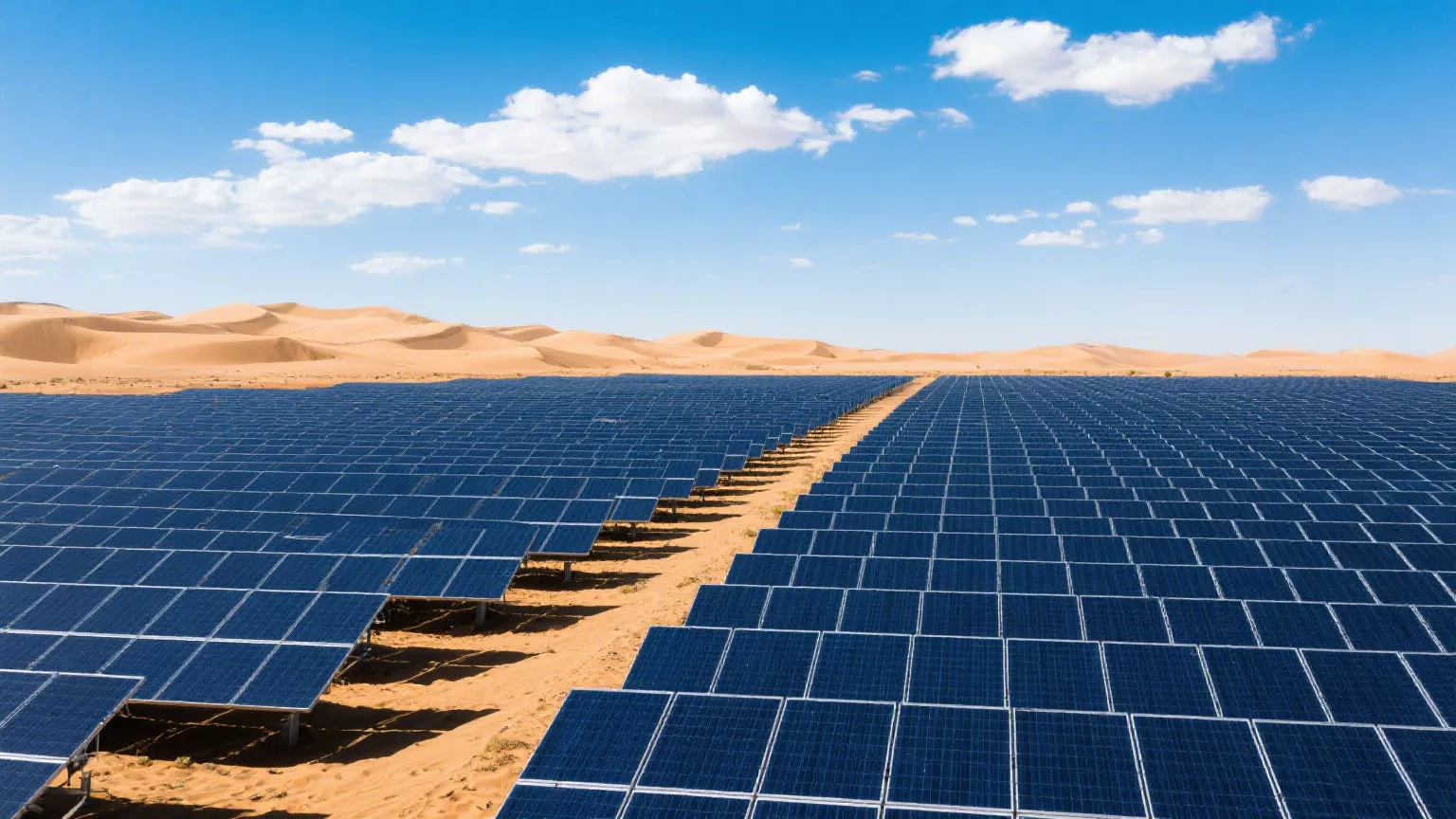
1. Energy-rich land
Coal – Xinjiang has an estimated 2.2 trillion tons of coal. That’s 40% of China’s total. The three main coal bases—Zhundong, Hami, and Ili—provide 15% of national capacity. Coal-to-chemicals projects are huge, with over 900 billion yuan invested. Many have returns above 13%, leading the country.
Wind and solar – Over 2,800 hours of sunshine a year. Wind potential: 890 million kW, 20% of the national total. The “desert-gobi” bases in Taklamakan and Hami are building three massive clean energy hubs. Planned capacity tops 200 million kW—enough to produce the same power as 10 Three Gorges Dams.
Oil, gas, and minerals – 5 billion tons of oil (30% of China’s onshore reserves), 3 trillion m³ of natural gas (34% of national total). Xinjiang also leads in green mining, with 558 mining rights granted in 2024—number one in China. Lithium, copper, and other key minerals keep the new energy supply chain secure.
2. A key power supplier for “West-to-East Power Transmission”
| Channel Name | Transmission Capacity | Target Market | Latest Progress |
|---|---|---|---|
| Hami–Zhengzhou (±800kV) | 8 GW | Central China | To expand to 12 GW by 2025 |
| Changji–Guquan (±1100kV) | 12 GW | Yangtze River Delta | World’s highest voltage level and largest transmission capacity |
| Hami–Chongqing (±800kV) | 8 GW | Sichuan & Chongqing | Construction starts in 2025, paired with 14.2 GW of new energy projects |
| Fourth Channel (Planned) | 10 GW | North China | Included in the national “15th Five-Year Plan” (2026-2030) for power infrastructure |
In Ruoqiang, the world’s largest single-site solar project (4 million kW) went online in late 2024. It generates 6.9 billion kWh a year—enough for 3 million households.
Hydrogen and storage are growing fast. The third round of wind-solar bases brought in CATL and other big names, adding 4 million kWh of storage to handle intermittent power output.
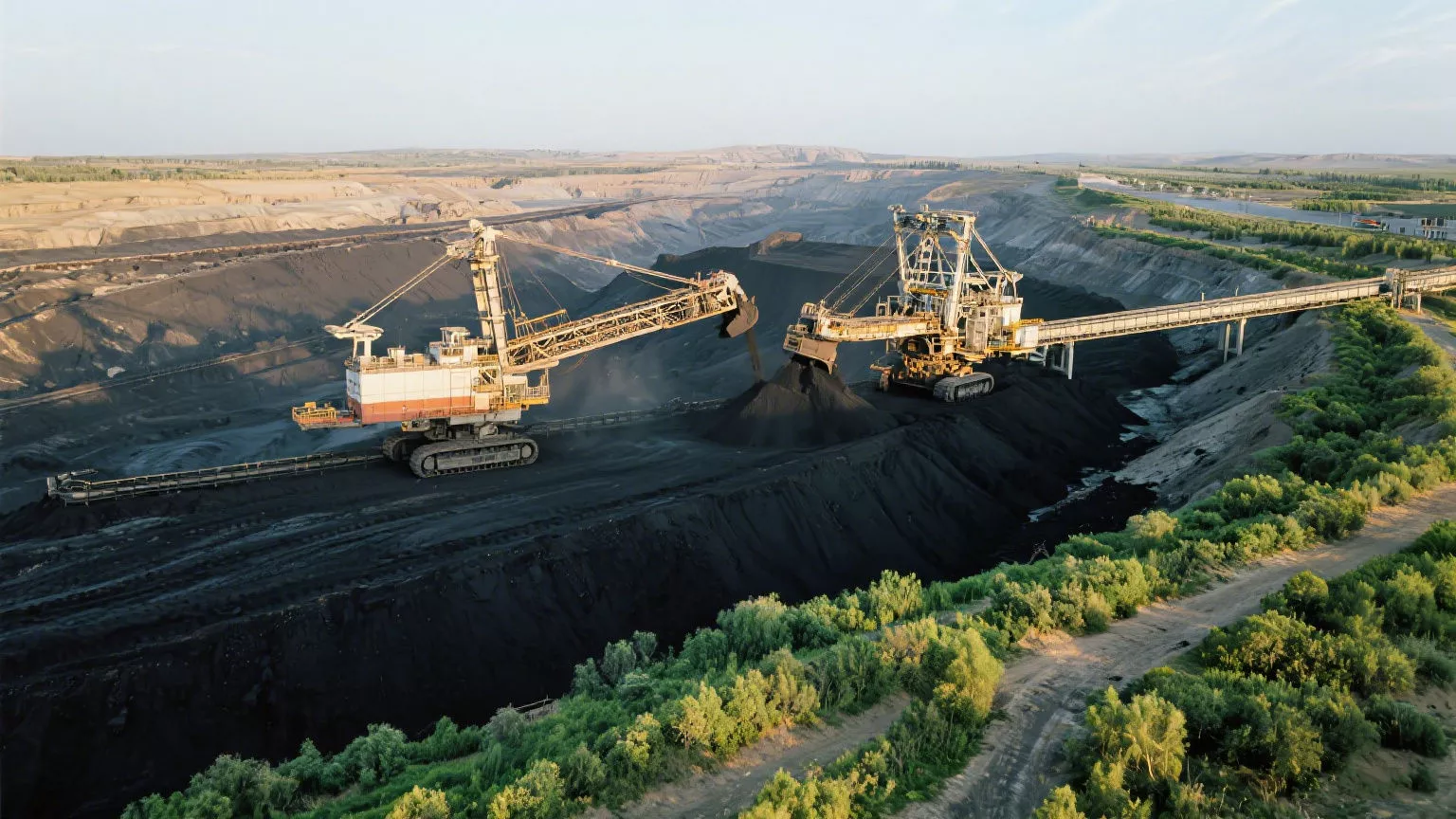
3. Belt and Road hub
Xinjiang shares 5,600 km of land borders with 8 countries. Horgos and Alashankou are the “western gateways” of China. Strategically, it sits at the heart of Central Asia—westward to Central Asia and Europe, eastward to China’s coastal cities.
80% of China’s China-Europe freight trains and all of its overland natural gas imports pass through Xinjiang. Local wind, solar, and coal are converted into ultra-high-voltage electricity and coal-chemical products for the whole country.
With 17 land ports (30% of China’s total), Xinjiang keeps expanding its transport network—the China-Kyrgyzstan-Uzbekistan Railway, the Caspian Corridor, and the Xinjiang-Tibet Railway are in progress. Multiple energy and transport routes mean better resilience to global risks.
In the first half of 2025, Xinjiang’s trade with the five Central Asian countries reached 180.3 billion yuan, up 32.1%, making up 80% of China’s total trade with the region. The Urumqi International Land Port is piloting a “China-Europe Railway + cross-border e-commerce” model, cutting delivery time to 12 days—sea freight takes 45.
Energy projects create over 1 million jobs in Xinjiang, with 40% in the four southern prefectures. Coal-chemical and solar operations not only secure China’s energy independence but also upgrade skills in ethnic minority regions.
Energy infrastructure investment makes up 25% of Xinjiang’s fixed-asset investment. In the first half of 2025, it grew 28.2%, giving a strong boost to the economy.
Bottom line
Xinjiang is more than just a scenic tourist spot. It’s an energy powerhouse, a key Belt and Road hub, and a strategic buffer. That’s why China keeps pouring resources into its industries and infrastructure, securing its role in both national energy security and regional development.
Find Your Solar + Battery Storage Specialist Now!
* Fill out this form and our experts will help you find the perfect solar storage solution for your home or business.


